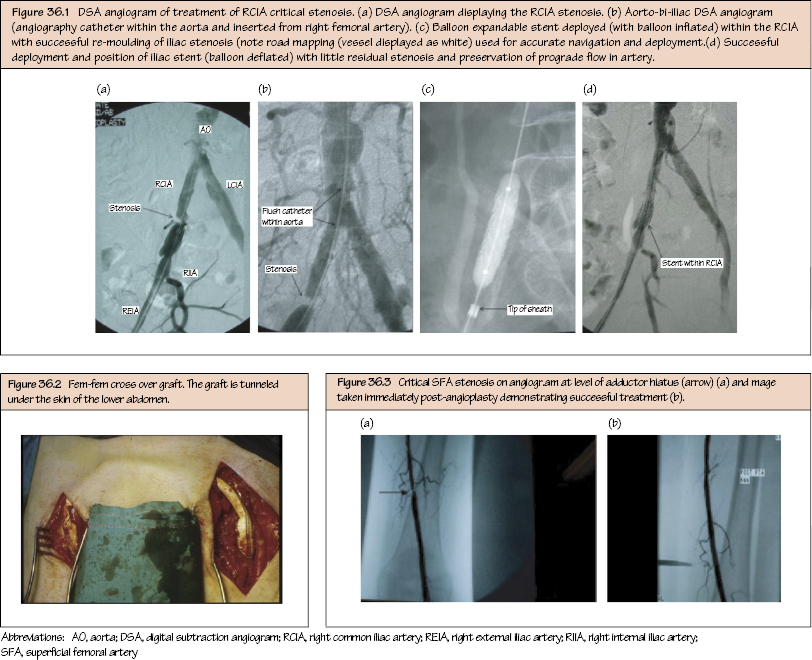Peripheral Vascular Disease III: Management All patients with PVD should be managed with conservative management and BMT, including those who have also undergone an intervention (endovascular and/or surgery). As a guide, for those undergoing conservative management alone, about a third of patients will improve, a third will stay the same and about a third will suffer symptomatic deterioration over a 6-month period. This includes angiointervention or open surgery. The decision to proceed will depend on numerous factors:

Conservative (Non-surgical) Management
Lifestyle Adjustment
Best Medical Therapy
Revascularisation
Indications for Intervention
Absolute Indications
Stay updated, free articles. Join our Telegram channel

Full access? Get Clinical Tree


